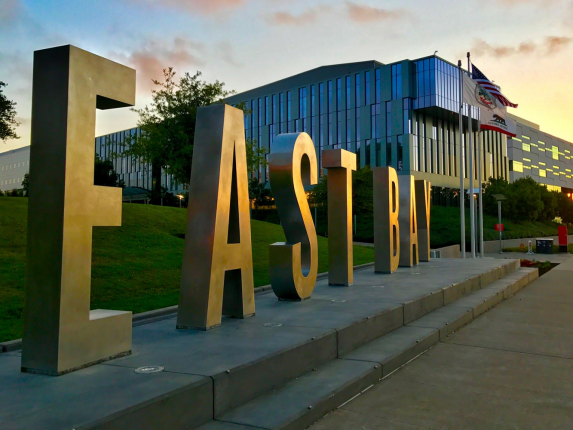 Location, location, location ….” may have its roots in the real estate world, but location can be a pivotal factor in your search for the perfect job as well. Let’s face it: if you are not a fan of snow, then taking a job in St. Paul is probably not a good idea – particularly if you are comfortably rooted in San Diego. But beyond the obvious, there are many economic, cultural, and demographic factors to consider before relocating for a new job.
Location, location, location ….” may have its roots in the real estate world, but location can be a pivotal factor in your search for the perfect job as well. Let’s face it: if you are not a fan of snow, then taking a job in St. Paul is probably not a good idea – particularly if you are comfortably rooted in San Diego. But beyond the obvious, there are many economic, cultural, and demographic factors to consider before relocating for a new job.
Demographics: Shifts in population patterns can strongly impact a community. If a city is showing a declining population trend, that may raise a red flag – or point to opportunity, depending on your perspective.
And while once upon a time, demographic data was, well, a little boring – and, often, overwhelming – those days are gone. Through the use of data visualization tools, some of which are even interactive, the U.S. Census Bureau has breathed new life into many of its data series.
In many instances, a picture – graph, map, chart, or other visual representation of data – can tell a story with more far impact than numbers alone. Take, for example, the Census Bureau’s “Second Cities: Keeping Pace with New York”, a graph that shows how other cities’ populations have compared in relation to New York City’s – which has remained number one since 1850. Watch how various cities held second place until a certain point in history, when Chicago took reigns as the “second city,” until it was knocked out of that position in recent decades.
In addition to a growing or declining population, the demographic profile of a community includes many factors such as percentage of families (versus singles), average age, and median income levels of residents. MuniNet Guide’s city profile pages include this and other demographic information for all U.S. cities. For a sample, visit Seattle’s city profile page.
Economics: From budget shortfalls to troubled public pension systems and foreclosure crises, many state and local governments are facing a myriad of fiscal challenges. Others have weathered the storm – or managed to avoid it altogether. Reading local newspapers and business journals – in addition to visiting their official government websites – can help provide a glimpse into an area’s unique challenges and successes. In addition, employment trends can paint a vivid picture of an area’s economy. Unemployment is just one part of the equation; employment (growth or decline) and labor force participation rates are equally telling indicators as seen in, “How to Be an Educated Consumer of Metro Area Employment Data.
Culture: A night “out on the town” in Scarsdale, New York may look very different than one in Green Bay, Wisconsin. People treat yellow lights differently in Tacoma, Washington than in Chicago. Cultural differences exist not only among cities, but can be pronounced even from one neighborhood to the next.
Many factors intersect to determine the culture of a community. In the mid-2000s, Terry Nichols Clark, a professor of Sociology at the University of Chicago, along with two fellow faculty members, launched the Cultural Amenities Project, which studied cultural “scenes.” Clark defined scenes as a specific element of urban or neighborhood life, encompassing encompass physical structures (libraries, shopping malls, theaters), demographics (race, class, gender, education, etc.), and activities (attending concerts or sporting events, for example).
The research showed that the combination of these elements has a direct impact on a community and people who choose to live there.
“There” may or may not be the right fit for you. If you love the sun and “dry heat,” then Scottsdale might be just the place for your next career move – if the demographic, economic, and cultural factors align with your personal and career objectives as well as the job you are considering.



